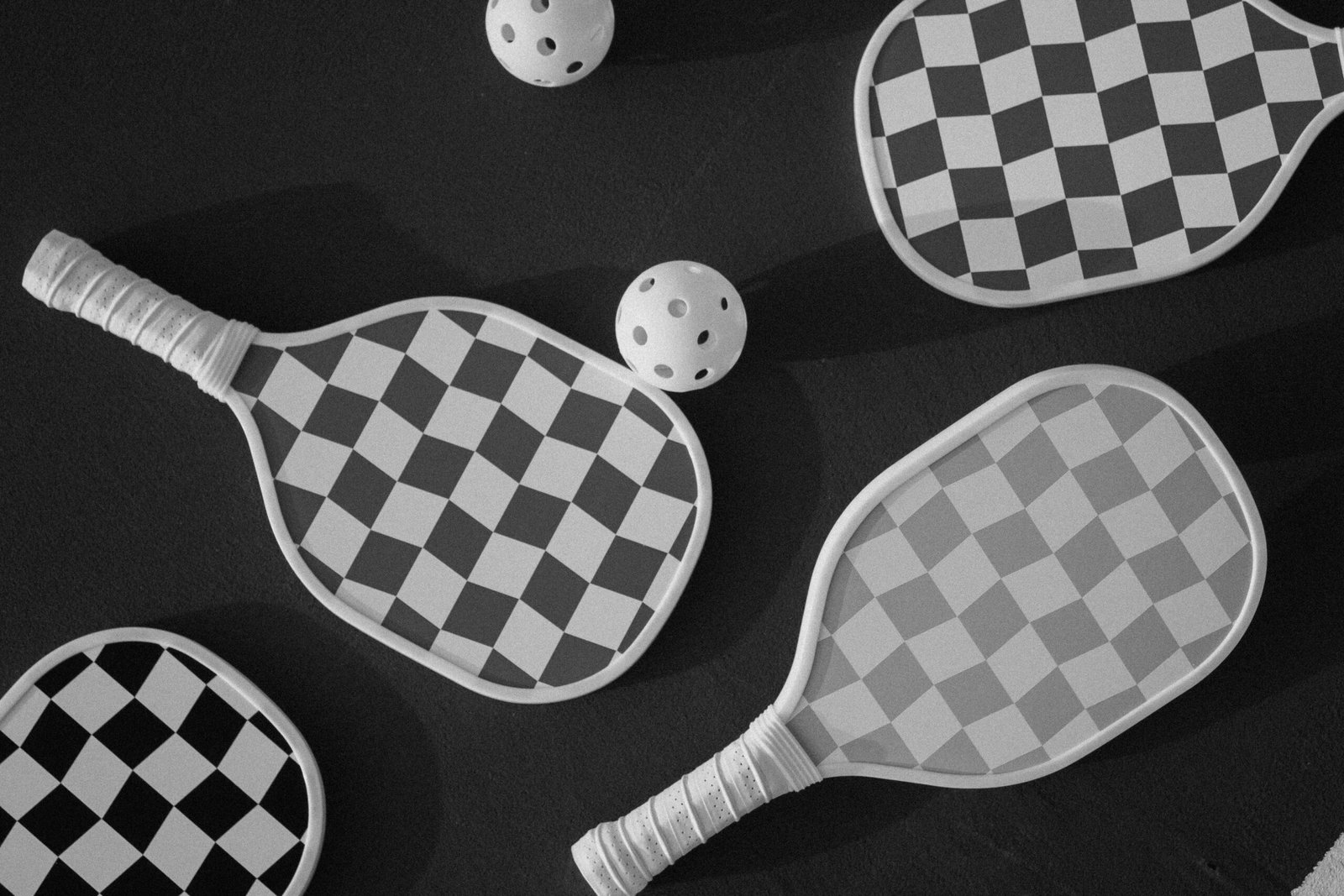Pickleball has taken the sporting world by storm. From community parks to professional tournaments, this unique game is attracting players of all ages and skill levels. But what is pickleball exactly, and why is it growing so fast? This guide will explore everything you need to know about the sport – from its humble beginnings to its current glPickleball is one of the fastest-growing sports in the world, attracting players of all ages and skill levels. Part tennis, part badminton, and part table tennis, pickleball has its own unique set of rules that make it exciting, strategic, and accessible. Whether you’re a complete beginner or someone looking to refresh your knowledge, understanding the rules is the first step to enjoying the game fully.
In this guide, we’ll explain all the essential rules of pickleball, from serving and scoring to doubles strategy and etiquette, helping you gain confidence on the court.
The Basics of Pickleball
Pickleball is played on a court 20 feet wide and 44 feet long, with a net slightly lower than a tennis net (34 inches at the centre). The game can be played as singles (one-on-one) or doubles (two-on-two), with doubles being the most popular format. Players use a solid paddle and a perforated plastic ball, similar to a whiffle ball.
Games are usually played to 11 points, and a player or team must win by 2 points. Only the serving team can score points, which makes serving strategy extremely important.
Despite its simplicity, pickleball has unique rules that distinguish it from other racquet or paddle sports.
The Pickleball Court and Setup
Understanding the court layout is key to following the rules correctly:
- Court Dimensions: 20 feet wide by 44 feet long (doubles and singles use the same dimensions).
- Non-Volley Zone (“The Kitchen”): 7-foot area on either side of the net where volleys are not allowed.
- Service Courts: Each side of the net has left and right service boxes for serving diagonally.
- Net Height: 36 inches at the sidelines, 34 inches at the centre.
The court is smaller than a tennis court, making the sport accessible to beginners and reducing the amount of running required compared to tennis.
How to Serve in Pickleball
Serving is one of the most important aspects of pickleball, as only the serving side can score points. Here’s how it works:
- Underhand Only: The paddle must contact the ball below waist height. Overhand serves are not allowed.
- Diagonal Serve: The ball must land in the opponent’s diagonally opposite service box.
- One Serve Attempt: Players get only one serve attempt unless the ball clips the net and lands correctly (“let serve”).
- Feet Position: At the time of the serve, at least one foot must be behind the baseline.
In doubles, each player on the serving team has a chance to serve before the serve passes to the opposing team, except at the very start of the game where only one player serves initially.
The Two-Bounce Rule
A defining feature of pickleball is the two-bounce rule:
- After the serve, the receiving team must let the ball bounce once before returning it.
- Then, the serving team must let it bounce once on their side before playing it.
After these two bounces, players may volley (hit the ball out of the air) or continue playing it off the bounce. This rule ensures rallies are balanced and prevents serve-and-volley dominance, which can make the game too easy for aggressive servers.
Understanding the Kitchen (Non-Volley Zone)
The kitchen, or non-volley zone, is 7 feet from the net on both sides and has specific rules:
- You cannot volley the ball while standing inside the kitchen.
- You may enter the kitchen to play a ball that has bounced.
- Stepping on the line of the kitchen while volleying is considered a fault.
This rule adds a strategic element to pickleball, as controlling the net area becomes crucial in doubles play.
Scoring Rules
Pickleball has a unique scoring system:
- Only the serving side can score points.
- Games are usually played to 11 points, and you must win by 2 points.
- In doubles, each player on a team serves in turn before the serve switches to the opponents (except for the first service of the match).
Points are scored when:
- The opponent fails to return the ball over the net.
- The opponent hits the ball out of bounds.
- The opponent steps into the kitchen and volleys the ball illegally.
Singles vs Doubles Pickleball Rules
Singles Pickleball:
- Each player serves from the right-hand court when the score is even and the left-hand court when the score is odd.
- More physically demanding since one player must cover the entire court.
Doubles Pickleball:
- Most common format.
- Both players on the serving team get a turn before the serve passes to the opponents.
- Positioning, teamwork, and communication are critical to success.
Common Pickleball Faults
A fault occurs when a player violates the rules, resulting in the loss of serve or point. Common faults include:
- Ball does not clear the net.
- Ball lands out of bounds.
- Volleying from inside the kitchen.
- Stepping on or over the baseline during a serve.
- Failing to follow the two-bounce rule.
Understanding these faults helps players avoid unnecessary mistakes and improves game flow.
Pickleball Doubles Strategy and Positioning
For doubles, positioning is key:
- Side-by-Side: Often used for defensive rallies, keeping both players ready for drives.
- Stacking: One player moves in front of the other to control court positioning for attacking volleys.
- Net Dominance: Controlling the net allows for better angles, smashes, and put-away shots.
Effective communication with your partner ensures fewer errors and more consistent play.
Pickleball Etiquette
Good etiquette is part of the rules in spirit:
- Call your own lines fairly.
- Wait for the opponent to be ready before serving.
- Avoid unnecessary distractions during rallies.
- Shake hands or tap paddles after each game.
Following etiquette keeps games friendly and enjoyable for all players.
Advanced Rules for Competitive Play
While beginner rules are simple, advanced competitive play may include:
- Time limits in tournament settings.
- Side-out scoring in longer matches.
- Tournament-specific regulations on paddle types and ball types.
- Official referee oversight in professional matches.
Players should always check the rules for local tournaments, as some variations exist.
Common Questions About Pickleball Rules
Can I volley the ball anywhere if it bounces first?
Yes, but you cannot volley the ball from inside the kitchen.
What happens if I serve into the wrong box?
It counts as a fault and results in losing your serve.
Do both players serve in singles?
No, only the server serves in singles; the opponent only serves if a game format requires alternating service.
How do I know if the ball is in or out?
Any ball touching a boundary line is considered in.
Can beginners play without knowing all rules?
Yes, many casual players learn through practice. However, understanding the rules improves strategy and enjoyment.
Final Thoughts
Pickleball is simple to start but has unique rules that make it strategic and exciting. From the two-bounce rule and the kitchen to serving and doubles strategies, knowing the rules is essential to enjoying the game and improving your skills.
Whether you are playing socially or preparing for competitive matches, understanding the rules gives you the confidence to play effectively and have fun.
By mastering the rules, you’ll be ready to move on to advanced strategies, skill development, and competitive play in pickleball.

